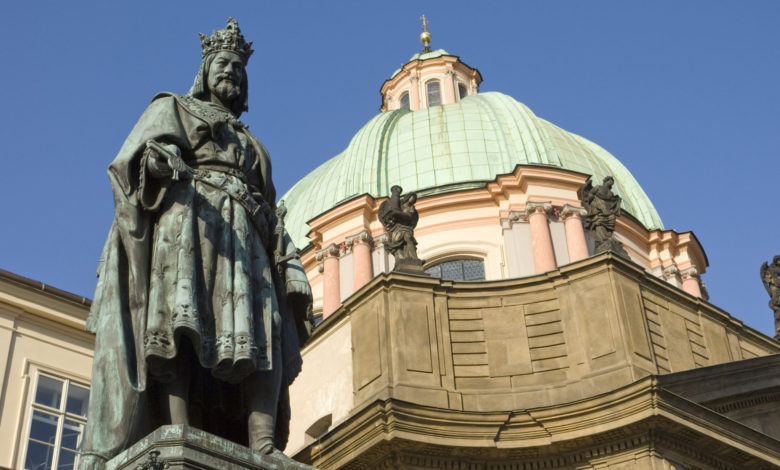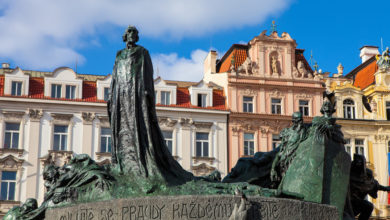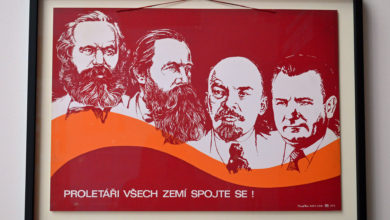The Golden Age of Charles IV

In 1306, John of Luxembourg was elected King of Bohemia, mainly thanks to his marriage to a Přemyslid princess and the fact that he was the son of Henry VII, the Holy Roman Emperor. He was rarely found in Prague, but he was a legendary figure after his death despite this. Despite the fact he was virtually blind, he fought until death alongside the French in 1346, at the Battle of Crécy.
Alongside John in the fighting was Charles (born Václav) – a man who would become one of Bohemia’s most famous leaders. After he was elected as king, he was also elected as the Holy Roman Emperor, and he started to make Prague into his imperial capital. He raised the status of Prague to an archbishopric; he then also started construction on a cathedral in the city, which was to be named St. Vitus. At the same time, he founded Central Europe’s first-ever university, named Charles University. Some of his other achievements include the founding of New Town, the building of Karlštejn Castle (designed to house the crown jewels), and rebuilt Vyšehrad and medieval fortifications.
In 1378, Charles died, and everything started to fall apart. His successor was his son, Václav IV, and he was a poor ruler. He allowed social and religious tensions to rise, which led to Prague suffering both financially and culturally. It also allowed the Czech preacher Jan Hus to rise.




